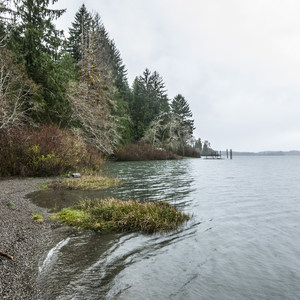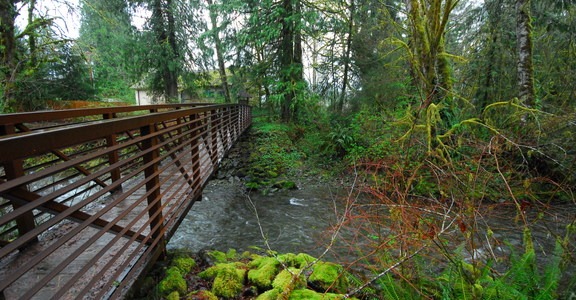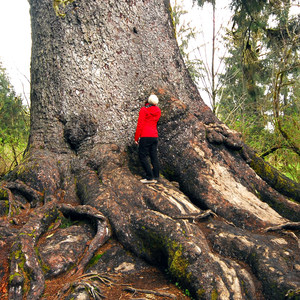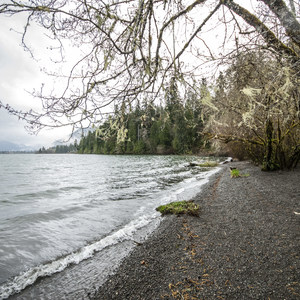You are here
Pets allowed
Not Allowed
Elevation Gain
300.00 ft (91.44 m)
Trail type
Loop
Distance
2.90 mi (4.67 km)
Please respect the outdoors by practicing Leave No Trace. Learn more about how to apply the principles of Leave No Trace on your next outdoor adventure here.
Nearby Lodging + Camping
Western Olympic Peninsula, Washington
Quinault National Forest
Quinault National Forest









Comments
Sign In and share them.